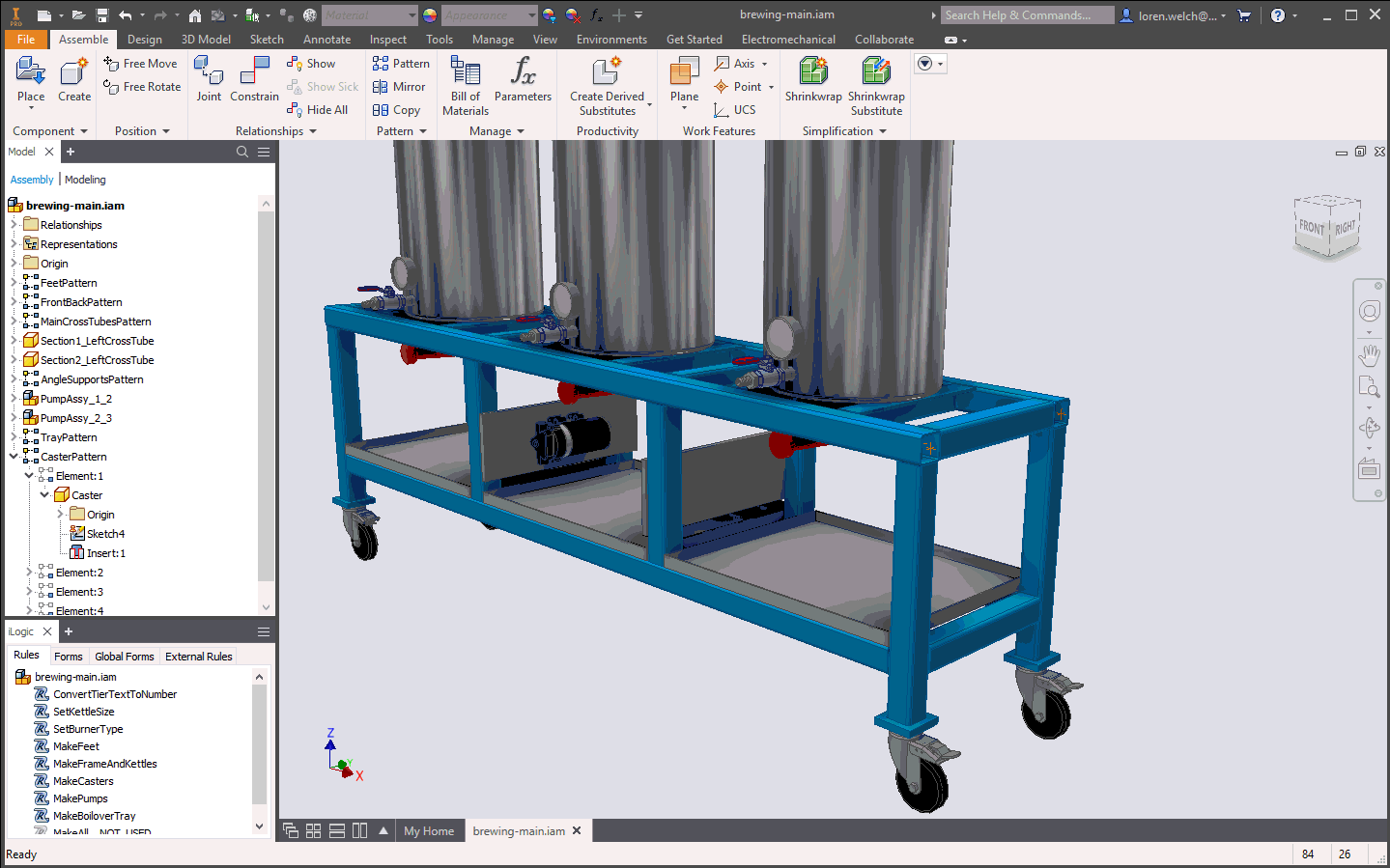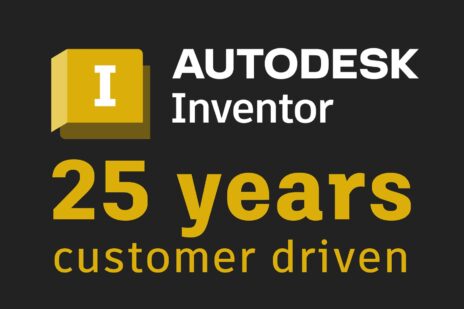
One of the most powerful things you can do with your designs is taking advantage of automation. This means capturing rules and knowledge about the design workflow. For Inventor users, this means using iLogic as a critical part of the design and engineering process. iLogic has been in Inventor since acquiring Logimetrix in December of 2008. Ever since then, iLogic has been the heart of design automation for Inventor users.

Image courtesy of Balzer Pacific
Currently, nearly 20% of Inventor users leverage iLogic for automation. This is done for everything from creating a basic multi-select parameter to change a dimension value, to driving a complete assembly design with over 2,500 parameters. With that in mind, Inventor continues to enhance iLogic in two ways: make iLogic straightforward to start using and continue to add powerful automation functionality.
Making iLogic easier helps new users start writing rules and helps experienced users be even more efficient when automating their models. Adding on to autocomplete and syntax colors delivered in Inventor 2018, 2019 delivers geometry naming and capture current state. The ability to Assign Geometry Names allows users to define names for faces, edges or vertices in their models to aid in rule creation. With Capture Current State, users can now retain the state within their model for Components, Component Constraints, Constraints, and Patterns.

Capture current state workflow
Inventor 2019 isn’t just about making it easier to get started with iLogic; it is about adding more functionality to continue to make iLogic more powerful than ever before. Historically, configuring a design with iLogic meant hiding, showing, suppressing and unsuppressing components and constraints. This also meant that the top level assembly could be heavy due to all the parts and sub-assemblies.
The new component management behavior in Inventor 2019 lets users add or delete parts and constraints from the top level assembly. This will allow for more capacity for larger and more complex iLogic powered designs. This is where the ease of use enhancements help drive the new functionality. It is now very straightforward to capture the current state of a constraint. You can then write an iLogic rule to manage that constraint based on named geometry from multiple part options that can be added and deleted from the assembly based on design criteria. Inventor 2019 also delivers additional Help for iLogic functions from the iLogic API Reference help node (English only).
If you’re interested in more details, be sure to check out the Inventor 2019 help file for iLogic enhancements.
Loren Welch – Product Manager, Inventor Product Line
email – loren.welch@autodesk.com
twitter – @lorenwelch
LinkedIn – https://www.linkedin.com/in/lorenwelch



